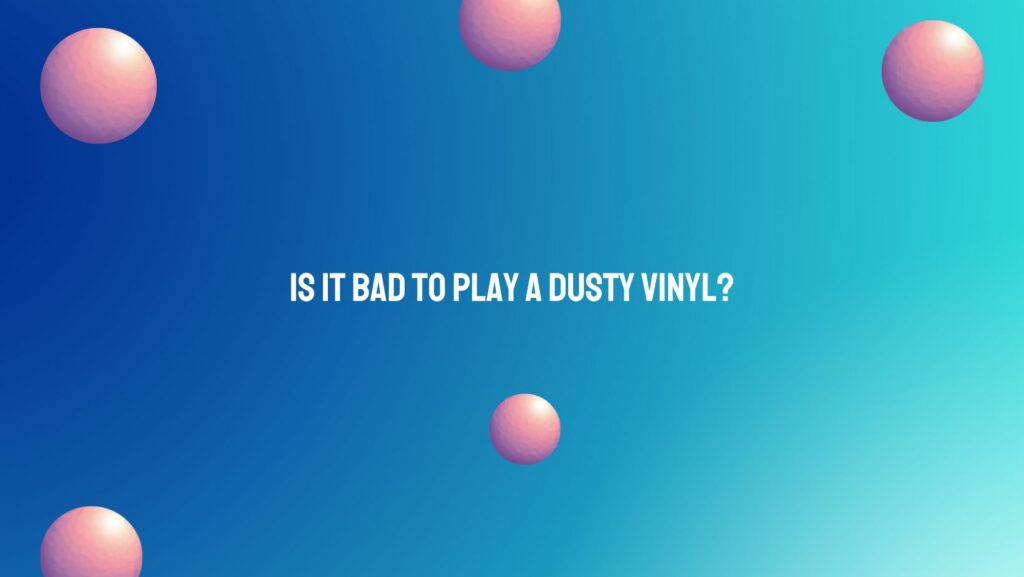Vinyl records, cherished for their warm sound and tactile charm, remain a beloved medium for music enthusiasts worldwide. However, the presence of dust on vinyl records raises questions about its impact on playback quality and the longevity of cherished collections. In this article, we delve into the debate surrounding playing dusty vinyl records, examining the potential risks and offering insights into effective maintenance practices.
The Intricacies of Vinyl Playback: At the heart of vinyl playback lies the delicate interaction between stylus and groove. As the stylus traverses the intricate contours of the record, it encounters microscopic imperfections, dust particles, and debris that can influence sound reproduction. While vinyl records are resilient, the accumulation of dust on their surfaces can introduce audible artifacts and compromise playback quality.
Understanding the Impact of Dust: Dust, comprised of fine particles of dirt, lint, and other debris, poses several risks to vinyl playback. When dust accumulates in the grooves of a record, it interferes with the smooth passage of the stylus, causing pops, crackles, and other surface noise. These audible imperfections detract from the listening experience and diminish the fidelity of the music, disrupting the immersive quality of vinyl playback.
Furthermore, dust can exacerbate wear and tear on both the record and the stylus, leading to premature deterioration and diminishing the lifespan of valuable equipment. Prolonged exposure to dust can also result in surface scratches and groove damage, further compromising playback quality and aesthetic appeal.
The Risks of Playing Dusty Vinyl: Playing a dusty vinyl record poses several risks that can affect both the record and the playback equipment. The presence of dust on the record surface can exacerbate wear on the stylus, causing it to track unevenly and potentially damaging the delicate grooves of the vinyl. Additionally, dust particles can become embedded in the record grooves over time, making it more challenging to remove and resulting in persistent surface noise during playback.
Moreover, the act of playing a dusty vinyl record can redistribute dust particles within the turntable and tonearm mechanism, potentially leading to further contamination and mechanical issues over time. These risks underscore the importance of proper record maintenance and cleaning practices to preserve the integrity of vinyl collections and ensure optimal playback quality.
Effective Maintenance Practices: To minimize the impact of dust on vinyl playback, enthusiasts should adopt proactive maintenance practices to keep records clean and well-maintained. Regularly clean records using specialized record cleaning solutions and anti-static brushes to remove surface dust and debris. Store records in protective sleeves and jackets when not in use to shield them from environmental contaminants and minimize the risk of dust accumulation.
Conclusion: While the temptation to play a dusty vinyl record may be strong, the potential risks associated with dust contamination underscore the importance of proper maintenance and cleaning practices. By adopting proactive measures to keep records clean and well-maintained, enthusiasts can preserve the integrity of their cherished vinyl collections and ensure an optimal listening experience for years to come. In the delicate dance between vinyl and dust, vigilance and care are essential to maintaining the magic of analog sound and preserving its enduring legacy.


